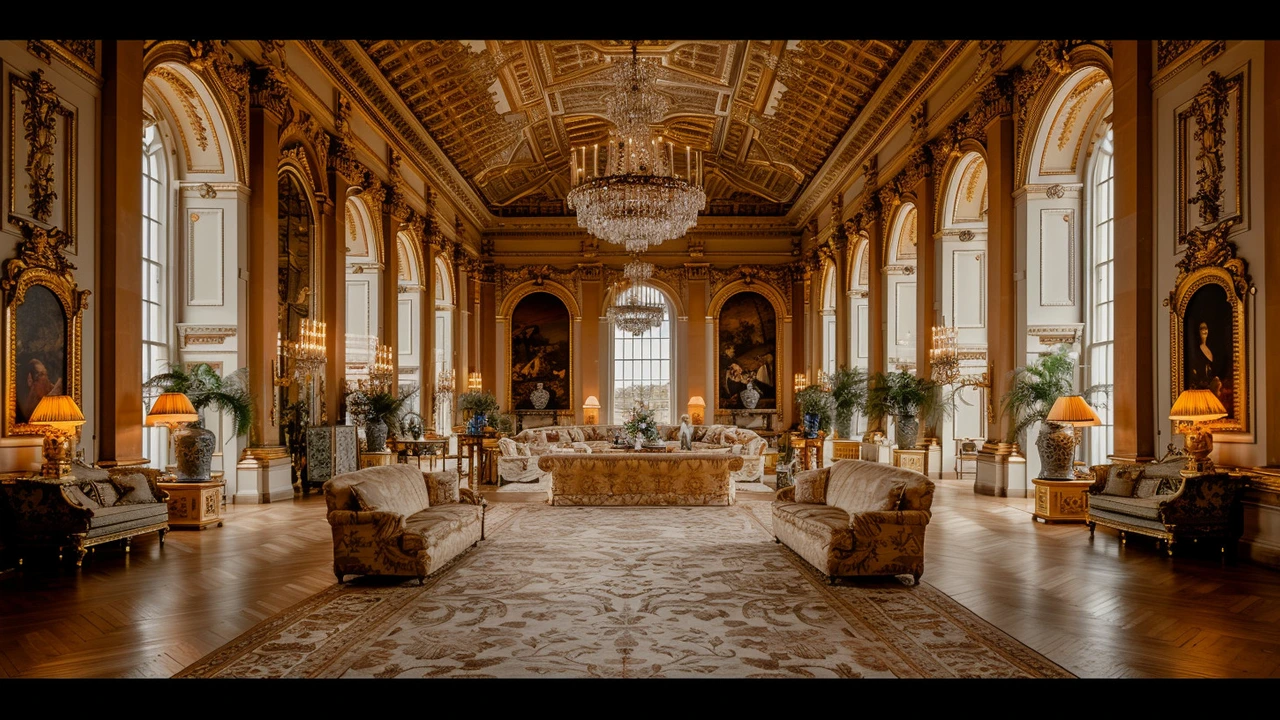Neo-Futurism is shaping the landscape of contemporary art by blending futuristic aesthetics with visionary design. This art movement challenges traditional forms, embracing bold architecture and technology to reflect a harmonious future. It's a journey that compels artists and architects to imagine an innovative world while addressing environmental and social concerns. Delve into how Neo-Futurism is influencing today's artistic creations and the dynamic interplay between structure and imagination.
Art Movement: Quick Guide to Architectural Styles
One design idea can remake a city block—and that’s what art movements do. They give architects a shared vocabulary: shapes, materials, ornament, and the reasons behind them. This tag gathers articles on movements from Colonial and Greek Revival to Bauhaus, Beaux-Arts, Constructivism, Neo-Futurism, and more.
Want to read fast and learn useful skills? Start by scanning the short guides here on the tag page to match names with features. Each movement has clear visual cues. Once you know them, spotting a style becomes a quick, fun habit on walks or while traveling.
How to spot the common movements
Colonial architecture: look for symmetry, simple rooflines, and local materials—brick or wood—mixed with European details. Colonial buildings often tell stories about trade and cultural mixing.
Greek Revival and Neoclassical styles: big columns, pediments, and a strong sense of balance. Think civic buildings, banks, and old university halls that use classical geometry to signal authority.
Beaux-Arts and Baroque: heavy ornament, grand staircases, and theatrical facades. These styles aim to impress; you’ll find them on theaters, museums, and major train stations.
Renaissance: measured proportions, domes, and clear geometry. Florence and Rome hold great examples—look for harmony between structure and decoration.
Ancient Roman techniques: arches, vaults, and early concrete use. These features still inform modern bridges, aqueducts, and public buildings.
Bauhaus and International Style: clean lines, minimal ornament, and function-first thinking. Furniture and everyday objects reflect the same logic as the buildings.
Constructivist and Expressionist movements: bold shapes, dramatic angles, and an emotional push. Constructivism pairs art with politics; Expressionism goes for feeling over rules.
Mid-Century Modern and American Craftsman: human-scale details, honest materials, and practical layouts. Craftsman houses focus on handcrafted woodwork; Mid-Century favors open plans and simple forms.
High-Tech and Neo-Futurism: glass, steel, exposed structure, and visible technology. These designs celebrate engineering and often change skylines fast.
Practical ways to explore these styles
Turn a weekend into a mini architecture tour: pick three movements from this tag, find nearby examples, and take photos focusing on materials, windows, rooflines, and ornament. Compare what you see to the short guides linked here—after a few walks you’ll spot differences at a glance.
If you’re renovating or decorating, borrow one clear idea from a movement rather than copying everything. Use a Beaux-Arts entryway for formality, a Bauhaus lamp for simplicity, or a Craftsman built-in for warmth. Mix thoughtfully.
This tag groups clear, practical articles on each movement so you can learn history and pick up visual cues fast. Read a few short posts, then look outside—buildings will start to tell you their stories.
Rococo is an 18th-century art movement known for its ornate and romantic style, breaking away from the rigid forms of the previous Baroque era. This article explores its origins, characteristics, key artists, and its lasting impact on the art world. Discover how Rococo's emphasis on creativity and decoration influenced not just painting but also architecture, sculpture, and interior design.


